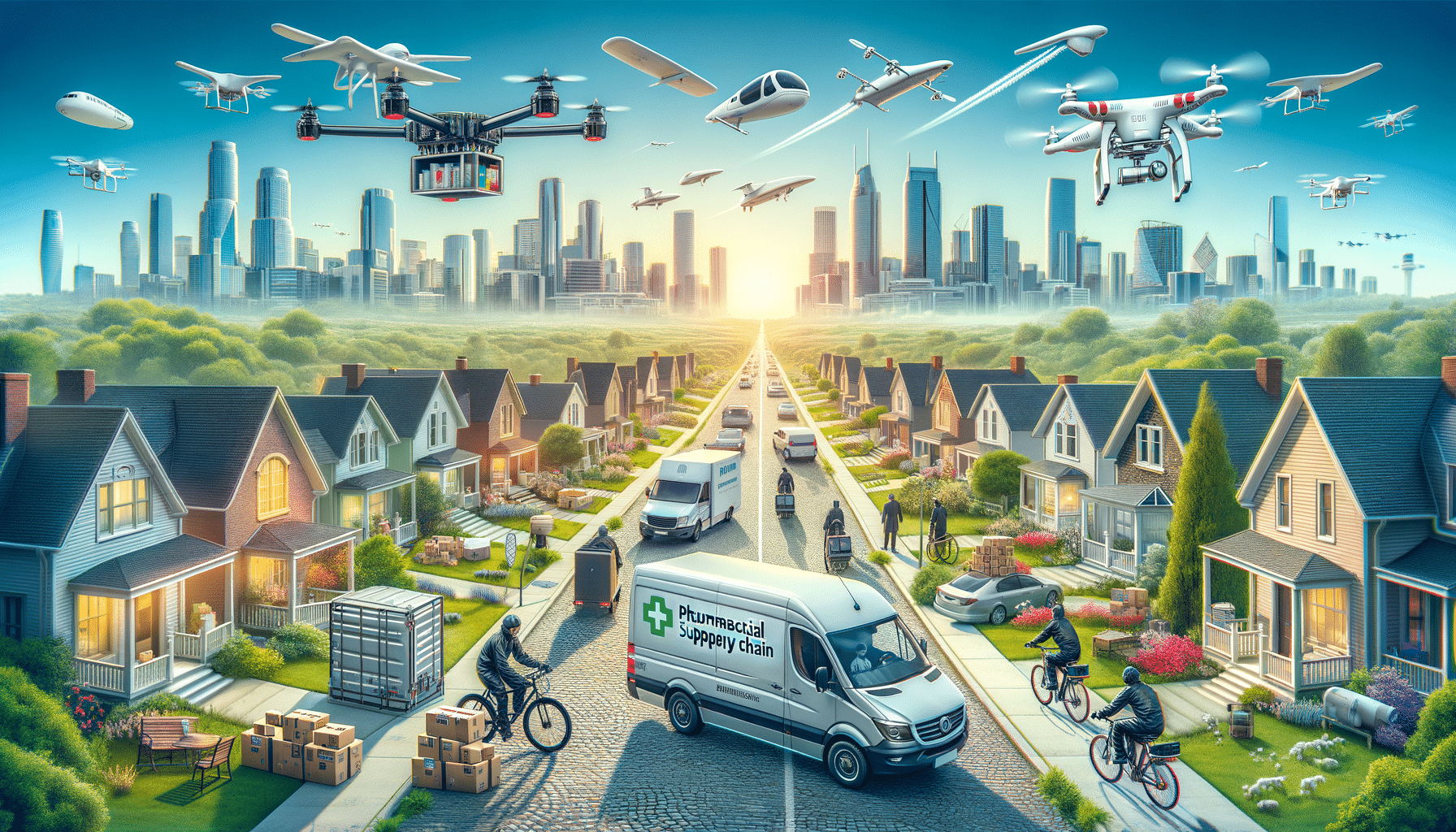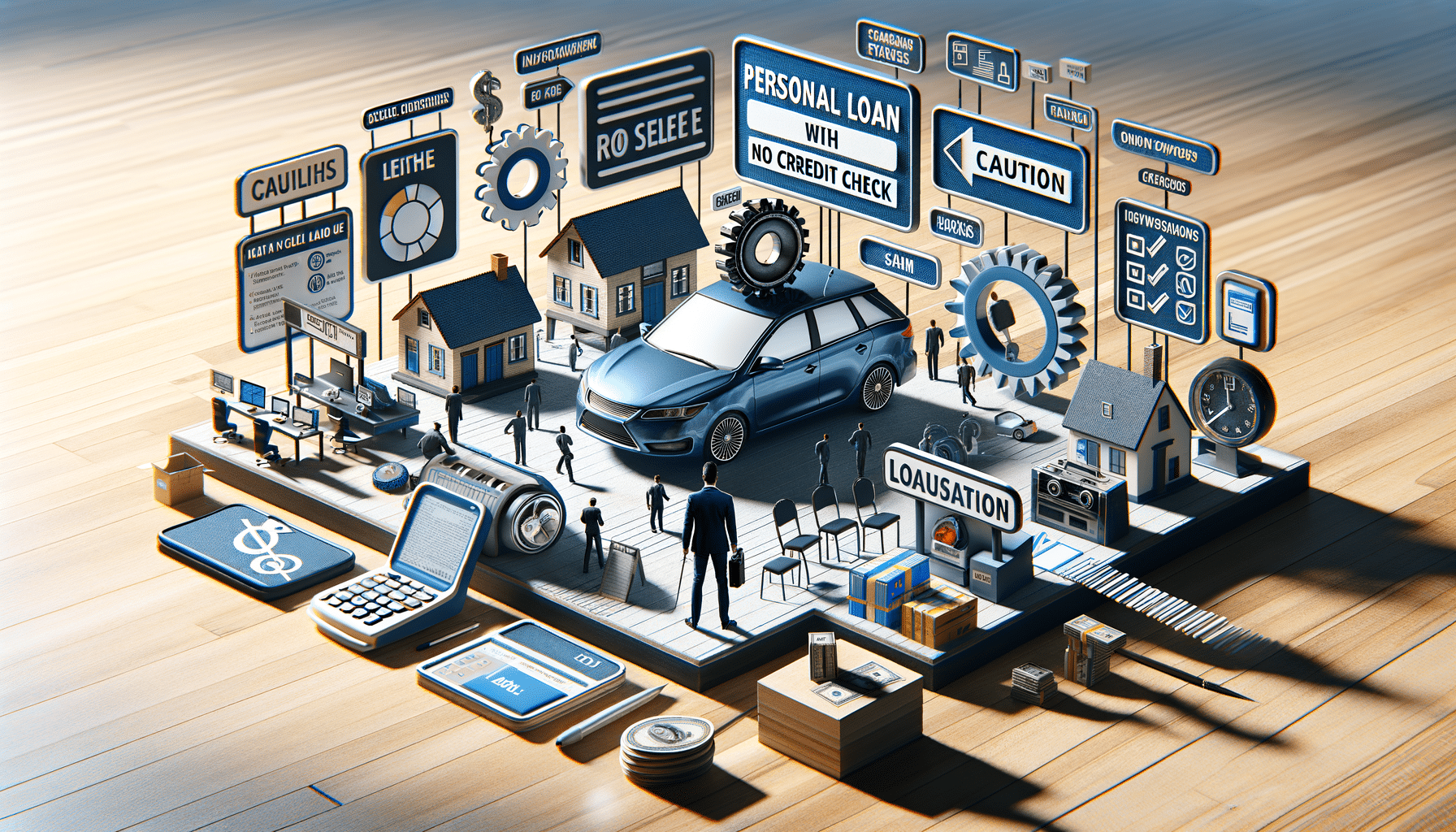
Exploring the World of E-Scooters: An In-Depth Guide
Introduction to E-Scooters
In recent years, e-scooters have emerged as a popular mode of transportation in urban areas. These electric scooters offer a convenient and eco-friendly alternative to traditional commuting methods. As cities become more congested, e-scooters provide a practical solution for short-distance travel, reducing reliance on cars and public transport. This article delves into the world of e-scooters, exploring their benefits, challenges, and the future of this innovative transport mode.
The Benefits of E-Scooters
E-scooters offer numerous advantages that make them an attractive option for city dwellers. Firstly, they are environmentally friendly, producing zero emissions and contributing to cleaner air in urban areas. This aligns with global efforts to combat climate change and reduce carbon footprints. Additionally, e-scooters are cost-effective. They eliminate the need for fuel and reduce maintenance costs associated with traditional vehicles.
Moreover, e-scooters are incredibly convenient. They can be easily rented through mobile apps, allowing users to pick up and drop off scooters at designated locations. This flexibility makes them ideal for last-mile connectivity, bridging the gap between public transport stations and final destinations. E-scooters also promote a healthier lifestyle by encouraging physical activity, as users often walk to and from scooter stations.
Challenges Faced by E-Scooter Users
Despite their benefits, e-scooters are not without challenges. Safety is a primary concern, as accidents involving e-scooters have increased with their popularity. Many cities are implementing regulations to ensure rider safety, such as mandating helmets and setting speed limits. Additionally, the infrastructure in many urban areas is not yet equipped to handle the influx of e-scooters, leading to cluttered sidewalks and limited parking spaces.
Another challenge is the durability and lifespan of e-scooters. Frequent use and exposure to the elements can lead to wear and tear, necessitating regular maintenance and replacements. This can impact operational costs for e-scooter companies and affect the availability of scooters for users. Addressing these challenges is crucial for the sustainable growth of e-scooters as a transportation option.
The Future of E-Scooters
The future of e-scooters looks promising, with technological advancements and increased investment in infrastructure paving the way for their expansion. Innovations such as improved battery life and enhanced safety features are being developed to make e-scooters more efficient and reliable. Additionally, cities are beginning to integrate e-scooters into their transportation networks, recognizing their potential to reduce congestion and pollution.
As the popularity of e-scooters continues to rise, collaborations between e-scooter companies and local governments will be essential to address regulatory and infrastructural challenges. By working together, they can create a seamless and sustainable transportation ecosystem that benefits both users and the environment.
Conclusion: Embracing E-Scooters for Urban Mobility
E-scooters represent a significant shift in urban mobility, offering a practical and eco-friendly alternative to traditional transportation methods. While challenges remain, the potential benefits of e-scooters make them a valuable addition to city transport systems. By embracing this innovative mode of travel, cities can move towards a more sustainable and efficient future, improving the quality of life for their residents.


